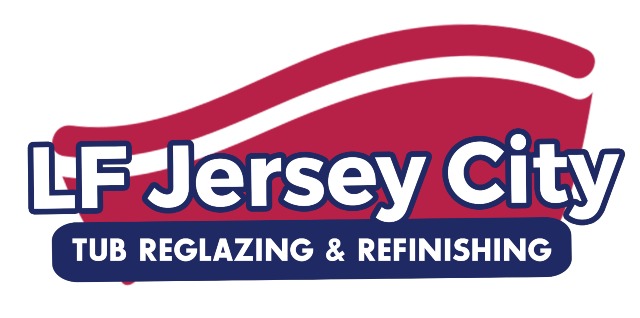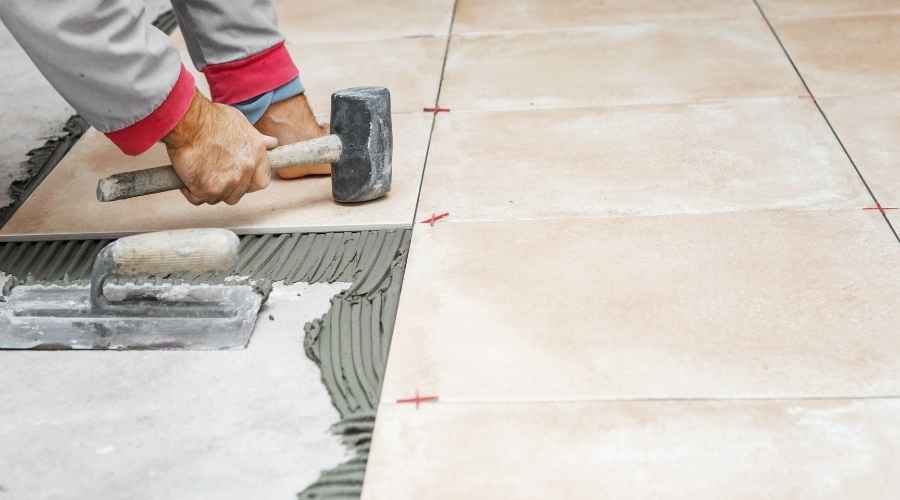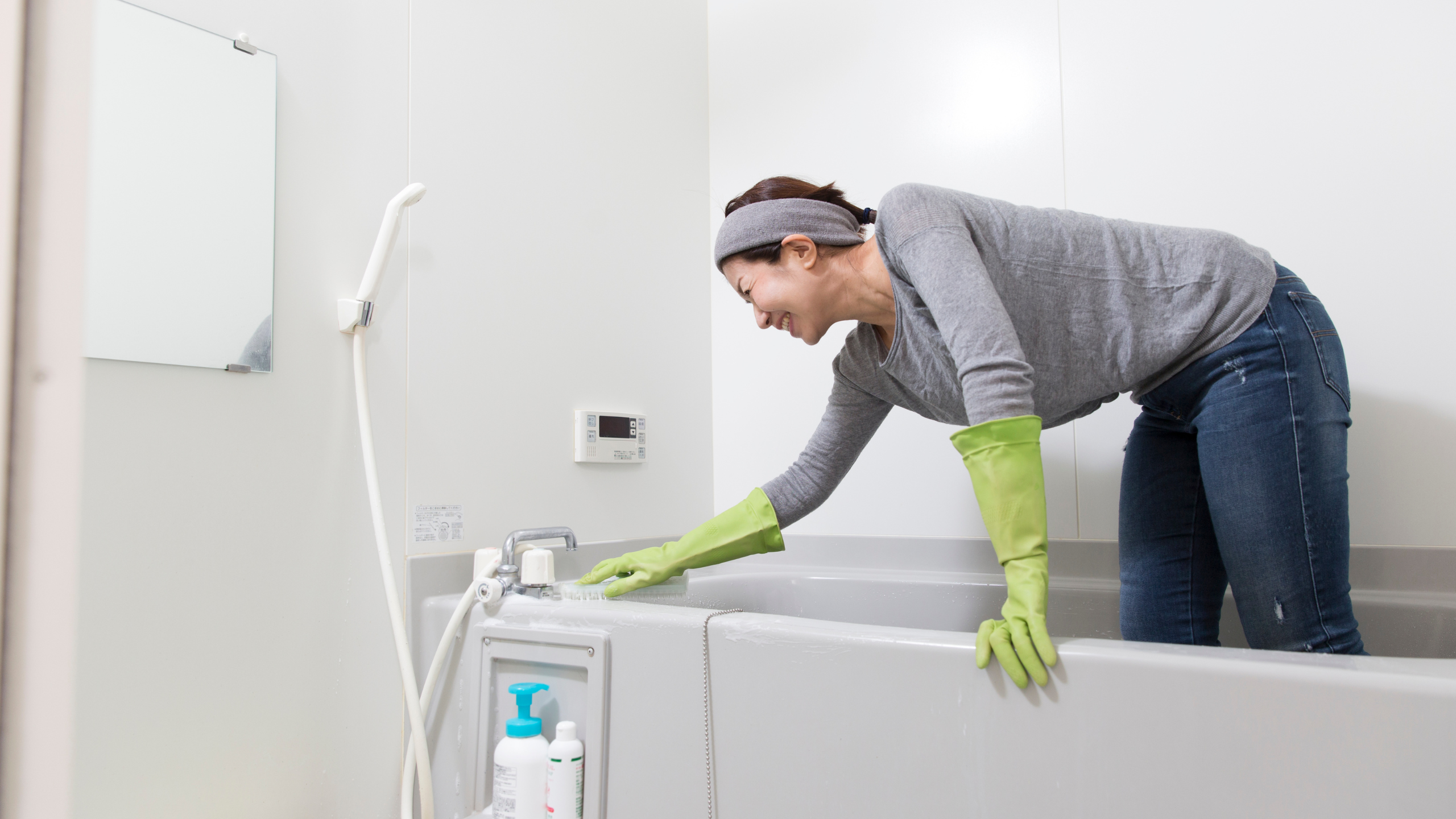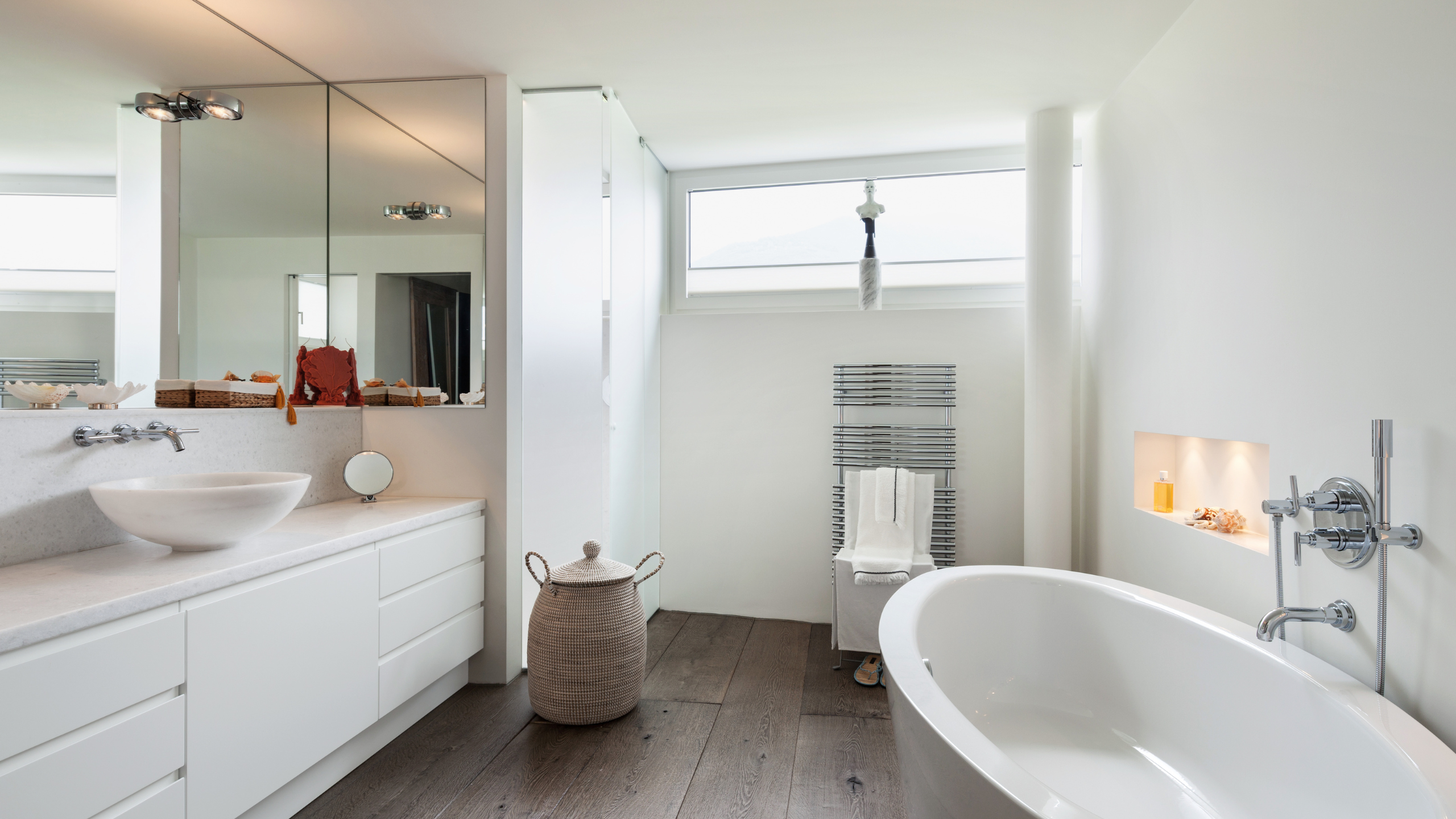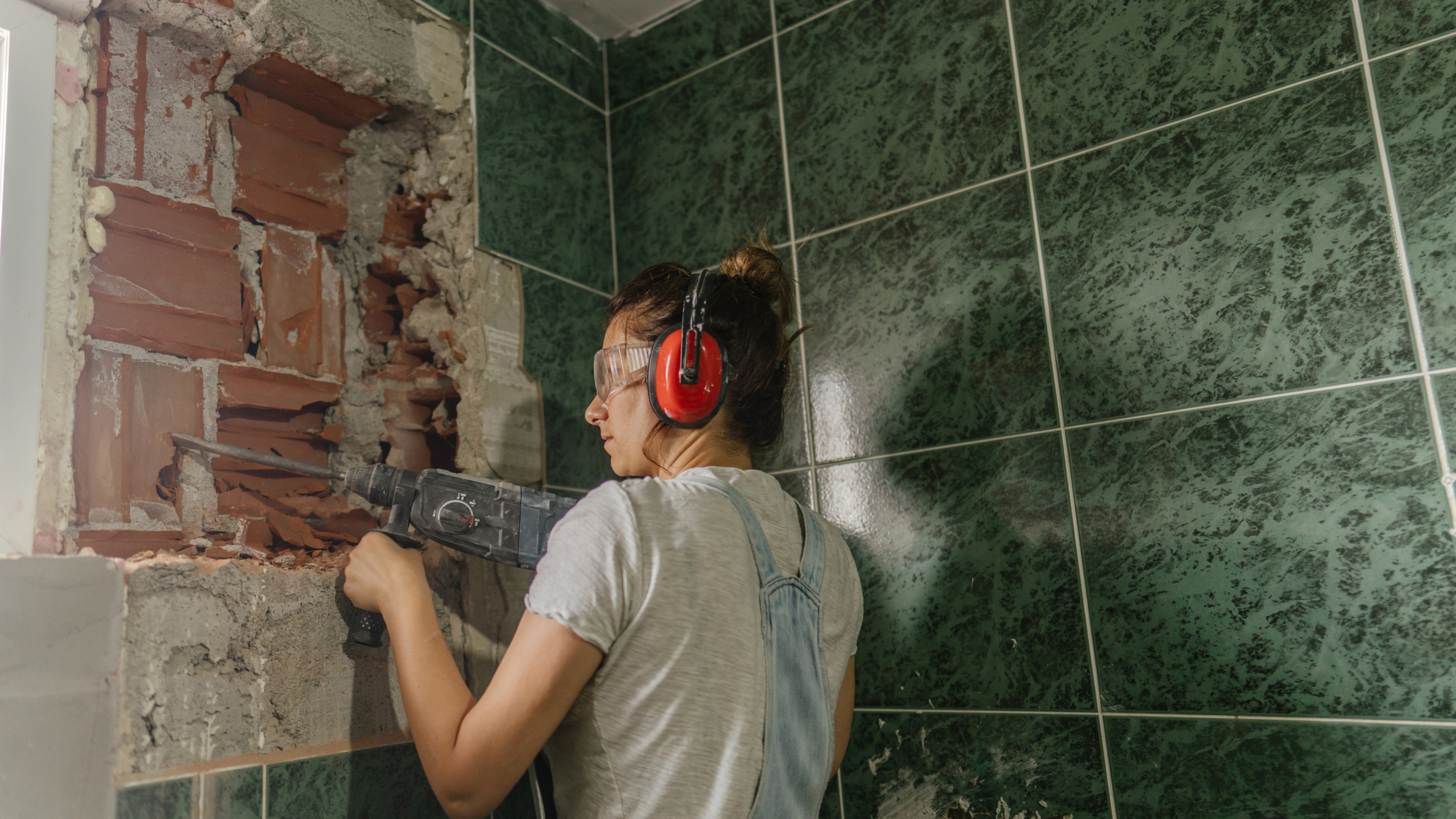The tile is an essential part of making your home a lovely home. It is a place for you to move about freely. So when choosing a tile, you need to consider it carefully. Do not just choose the most affordable one but also select the pros and cons.
After knowing the advantages and disadvantages of each, you can decide which best describes your needs before deciding on what kind of concrete flooring will work best for you and your household. This post will explore the benefits and disadvantages of both methods to make the best decision for your home.
Refinishing a floor tile will look like the old tile was when it was first installed. The finish will be flawless and completely stain-resistant. There will be no visible wear or stains on the floor’s surface after complete refinishing. For example, bathtub reglazing or countertop resurfacing can improve the look of your tile or countertop, making it look brand new.
Refinishing a floor tile may require a visit by a professional refinisher. The process requires special equipment and soap designed to remove mildew, grime, mold, and dirt from floor tiles. This process also requires special glues, solvents, and brushes that clean the grout lines.
After the floor tile has been cleaned thoroughly, it is covered with a protective coating. This process will give the floor tile a smooth finish without any moisture or stains. The layer must be allowed to dry completely before using the finished tiles on your floors.
Benefits of Floor Tile Refinishing
- You will have a perfectly cleaned floor tile without visible stains or wear.
- The tiles will look as good as new. This can help increase the value of your home in some areas where speculators are most prevalent.
- The process can be completed with just one visit. Once all the work has been completed, there is no need to return for follow-up visits.
Drawbacks of Floor Tile Refinishing
- The products used for floor tile refinishing have chemicals that can be potentially harmful to people with respiratory conditions.
- It's not possible to sand down your tile, which will make it more challenging to clean and maintain in the future.
- The last step before you can begin using the finished tiles will require several days of drying time.
- The process can be pretty messy.
Floor Tile Replacement
Replacing a floor tile involves removing the target floor tile and placing a new one. You can do this process if you do a little research on the type of tile you want to use.
If you cannot do the job yourself, it is recommended that you hire a floor tile professional to complete the process. These professionals have the proper equipment and experience needed to properly remove your old floor tile and install a new one in its place. They will then apply any additional finishing touches like grout lines and seals before covering the tiles with a protective coating that allows them time to dry completely before using them on your floors.
Benefits of Floor Tile Refinishing
- You won't have any scratches or stains on your floor after replacing the floor tile.
- No harmful products will be used in the process.
- The floor tile will look new and have a smooth finish. This can help increase the value of your home in popular areas with speculators.
Drawbacks of Floor Tile Refinishing
- The entire process will require a minimum of two visits, one for removing the floor tile and one for installing the new tiles.
- You will be unable to choose the color of your new floor tiles.
- The refinishing process takes longer.
- You may need to purchase additional equipment like specialty sealers if you try to do this job independently.
- It may be challenging to find a replacement floor tile like your original one.
- Replacing a floor tile means losing part of the original tile piece.
Comparison
When comparing floor tile refinishing and replacement, it’s important to remember that the finished results will be the same. But, the processes are very different and can result in other costs. The replacement will cost more from a monetary perspective. If you choose to replace your floor tile, you may also want to consider the time and difficulty of doing the job yourself.
You will also want to consider the wear and tear on your floor if you decide to replace a stained or badly worn tile. While it’s true that refinishing will remove the stains and make the floor look new again, replacing a tile means the new one will be in place for many years of use.
In conclusion, when deciding between floor refinishing or replacement, it’s essential to consider your specific needs and circumstances. You will want to review your budgets and how much time is available for completing a project before deciding which method is best for your home. Remember that both ways can help you improve the value of your home overall.
